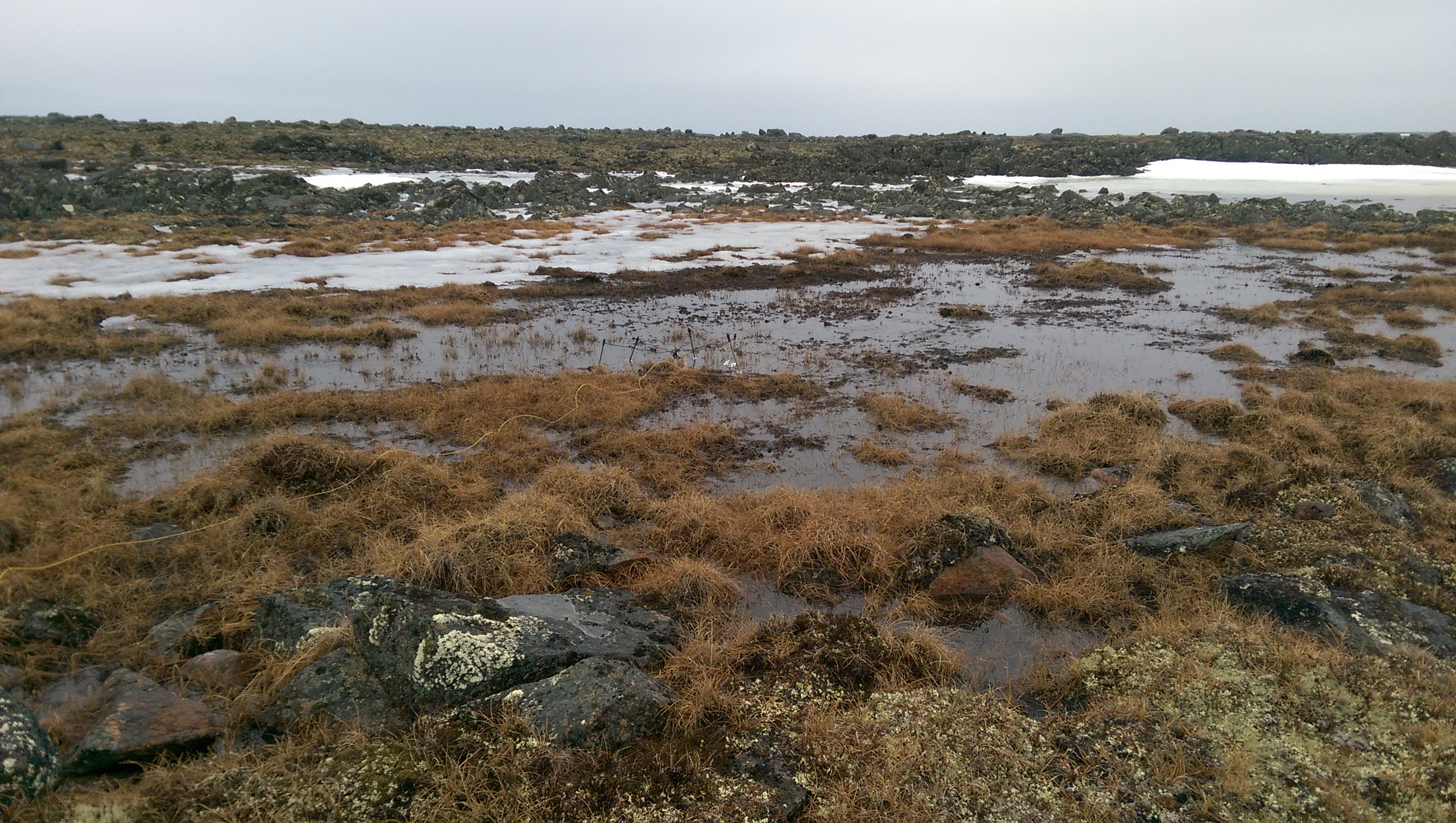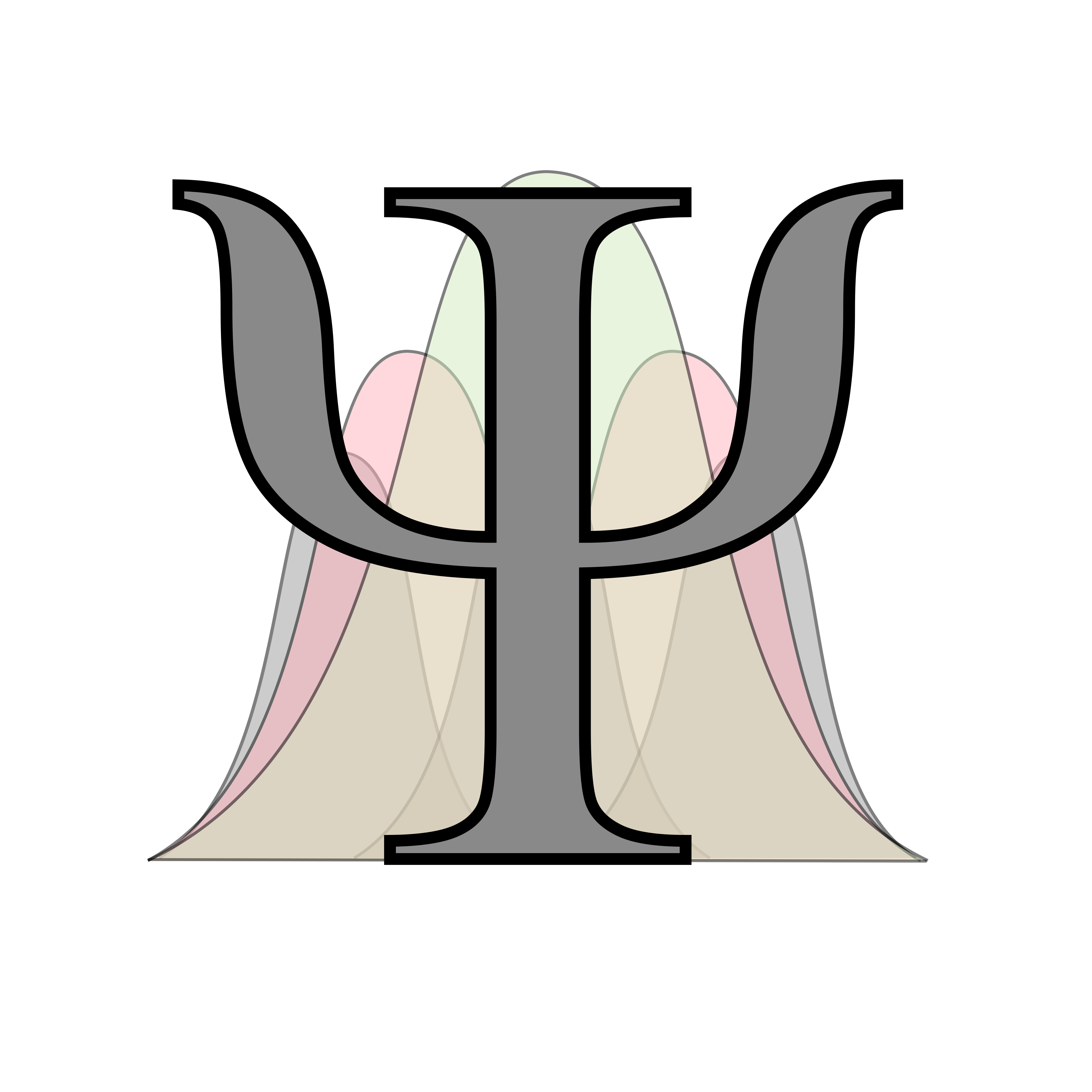Electron for physics apps? Yuck! that’s basically just web dev with local hosting. Like, try six million datapoints and plotting them in electron.
Centrist, progressive, radical optimist. Geophysicist, R&D, Planetary Scientist and general nerd in Winnipeg, Canada.
troyunrau.ca (personal)
lithogen.ca (business)
- 5 Posts
- 153 Comments
Making a web app is a mistake 9 times out of 10, particularly when dealing with larger datasets. Because you’re in physics, you probably want to skills you’re learning to be transferable into physics and data science in general.
I recommend starting with python (if you know it already, awesome), then checking out pyqtgraph – there’s a bunch of demo apps that come with the package and you can use those as launch points. This will be your gateway into pyqt/pyside and legit desktop application development. Later, if you learn C++, you can transition into Qt (and still use all the power of the toolkit and the skills are transferable), or into raw C++ which is amazing for numerical computing.

 10·2 months ago
10·2 months agoOkay, but: why is the screenshot a KDE code snippet? ;)
Wake me up when pyside is on that list. I’ve been waiting for this day for a decade…
Would be a lovely sci fi setting :)
Just make it ridiculous. Like instructions to get an artifact that will resurrect you from a museum in France… Then if it goes off by accident, it is comedy.
Network interruption would cause it to run then. Or an API change. Dangerously causing it to actually run.

 2·7 months ago
2·7 months agoSo, this just popped. https://www.livescience.com/space/cosmology/james-webb-telescope-confirms-there-is-something-seriously-wrong-with-our-understanding-of-the-universe which may be relevant. Haven’t read it yet.

 13·7 months ago
13·7 months agoThreading intensifies
I’m excited about this, even if it is just baby steps. It’s been one of my very few complaints about python, having spent two decades using it.
I’m hoping that pyside and QThreads can be made to work with noGIL. That would be super sweet. :)

 11·7 months ago
11·7 months agoThe Hubble constant is an interesting one – it isn’t actually a constant, but if you reframe it as a partial differential equation, the law is very predictable. https://en.wikipedia.org/wiki/Hubble’s_law#Time-dependence_of_Hubble_parameter – so in many ways, it’s just a misnamed phenomenon, and shouldn’t be called a constant at all.
Any place in the universe beyond which we’ve directly sent probes – is assumed to be like those parts we already know. Part of the reason we make this assumption is that: main sequence stars appear to behave identically across vast reaches of space and time. Thus we assume that physics hasn’t changed significantly (at least within the period of time where main sequence stars exist). Because if the physics was different, the stars would be different (spectra, lifecycles, etc.).
I’ll present a tickler I learned in cosmology decades ago, for hand-waving.
Run the big bang backwards – imagine all of the matter and energy of the universe collapsing to a single point. Which point is at the centre? They all are. Run time forwards again and all the points expand outwards from each other, but which point was at the centre that you can use to reference the centre of the universe against? They all were. Thus, I am the centre of the universe. And so are you ;)
This made my brain melt until I learned to visualize this using lower dimensional surfaces (like Riemann spheres). Imagine a beach ball being inflated. It is a two dimensional surface. You’re an ant on the beach ball and all the other points are getting further away, but it’s happening in a uniform way. (The Hubble parameter is something like the rate at which air is added to the beach ball.) Now, run this beach ball backwards through time – it shrinks and shrinks until it becomes a single point, where all points overlap – every point is the centre of the beach ball universe. Run this forward in time again and ask: which point on the surface of the beach ball is the centre of this two-dimensional universe? And the answer is “all of them” and the universe should be uniform in its expansion properties.
It might not be, but that’s the idea.

 2·7 months ago
2·7 months agoWater usage is also problematic. But that’s another story. It’s a multi-parameter optimization problem, but different people weight parameters differently.

 10·7 months ago
10·7 months agoHowever, some UA crops (for example, tomatoes) and sites (for example, 25% of individually managed gardens) outperform conventional agriculture. These exceptions suggest that UA practitioners can reduce their climate impacts by cultivating crops that are typically greenhouse-grown or air-freighted, maintaining UA sites for many years, and leveraging circularity (waste as inputs).
Tomatos it is then ;)
It’s really hard to compete with the efficiency that economies of scale provide. So this result isn’t unexpected.
It doesn’t however negate the other positive impacts of urban gardening – in particular, the impacts on the people doing the gardening (everything from psychology, vitamin D, immune system benefits to playing in the dirt, etc.).
 52·7 months ago
52·7 months agoGeopolitics is hard. Often you have to choose between “interests” and “ethics”. It appears, in this particular case, the former wins.
Until traffic becomes unmanageable, we shouldn’t fracture communities too much. In fact, we should do the opposite, to drive discoverability and discussion. If the community grows to a hundred posts per day, and there are non-stop pseudoscience articles posted, then adapt.

 1·8 months ago
1·8 months agoI hate to alarm you but… What is a file system except dynamically allocated memory. ;)

 9·8 months ago
9·8 months agoEpic find!

 2·8 months ago
2·8 months agoYeah, if we aren’t in a hurry, and we can set up some fusion reactors and such on them and build whole civilizations on these rogue planets in the dark, it would work. Depends on how early and often we set up shop on passing planets, but in theory we could colonize much of the galaxy in a few revolutions around the milky way. So, under a billion years. ;)
Well, your eyes would be fried well before you reach 95%. Apparently the blueshift would make quite a lot of ionizing radiation. Hard to replicate on your phone ;)









https://numerical.recipes/
The current version is in C++
But if you check the link above, the older C and Fortran editions are free to read. This is the gold standard for numerical algorithms and scientific computing, without getting into things like GPUs and such.